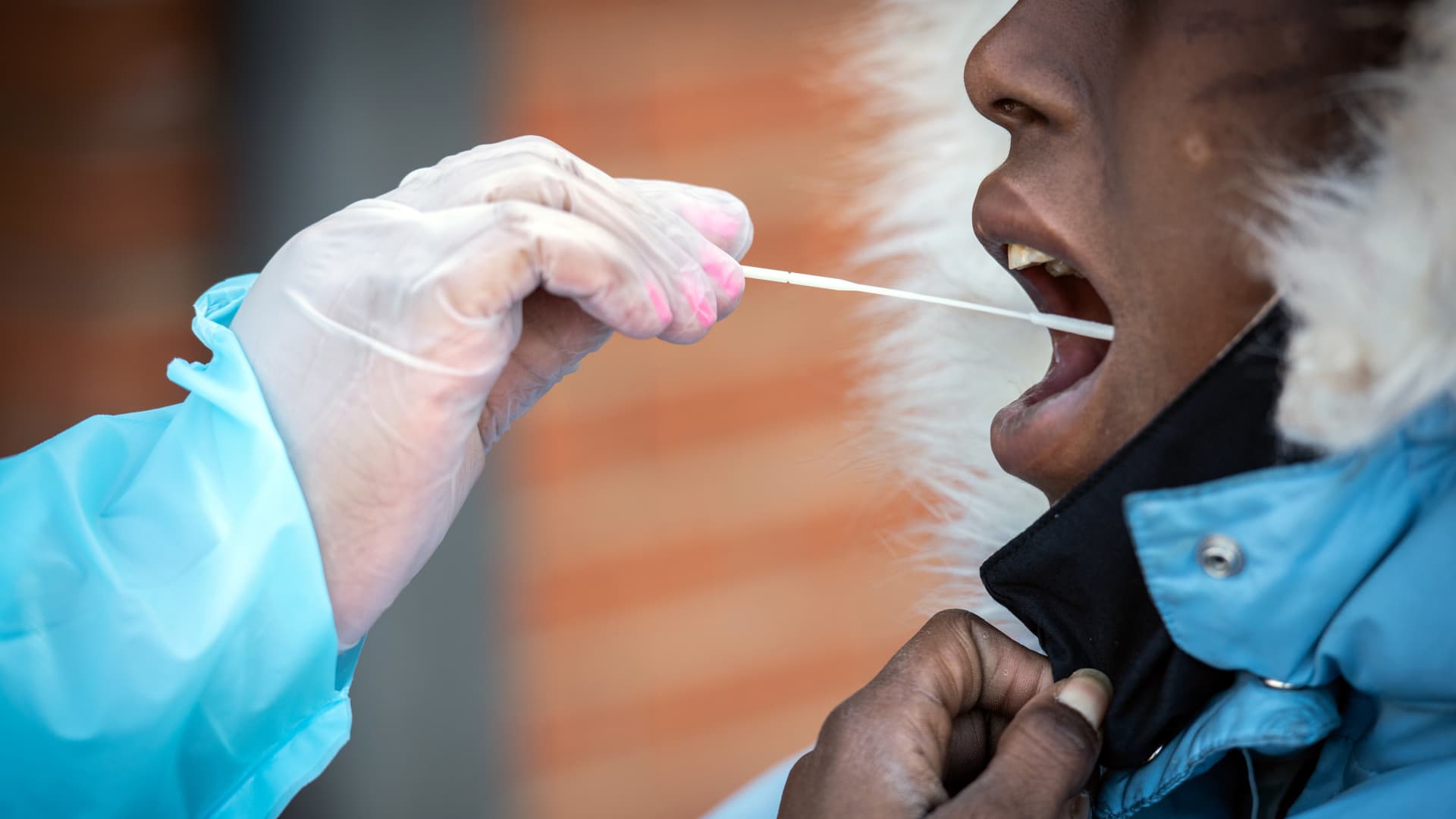The more contagious omicron BA.2 subvariant now makes up 72% of Covid infections that have undergone genetic sequencing in the U.S., according to data from the Centers for Disease Control and Prevention.
BA.2 became dominant in the U.S. last week, and now appears on track to displace the earlier version of omicron, BA.1. Ali Mokdad, an epidemiologist at the Institute for Health Metrics and Evaluation in Washington state, projected that BA.2 will push out BA.1 in the next week or two. Though estimates range, BA.2 spreads 30% to 80% faster than BA.1., according to data from public health authorities the U.K. and Denmark.
A top World Health Organization official, Maria Van Kerkhove, has described BA.2 as the most transmissible version of the virus so far. BA.2 has caused renewed outbreaks in major European nations, including the U.K. and Germany. White House chief medial advisor Dr. Anthony Fauci has said infections might rise in the U.S., though he doesn’t expect another major surge. Mokdad said infections in the U.S. will likely level off for a week or two and then continue to decline until winter.
In the U.S., new infections and hospital admissions have declined more than 90% since the peak of the omicron wave in January. The average number of people hospitalized with Covid in the U.S. was 11,000 as of Monday, the lowest level since 2020, according to data from the Health and Human Services Department. The U.S. reported a seven-day average about 28,000 new infections on Sunday, the lowest level since last July, according to data from Johns Hopkins University.
BA.2 does generally does not make people sicker than the earlier version of omicron, and the vaccines have the same level of effectiveness against it compared to BA.1, according to studies from South Africa and Qatar. However, omicron in general is adept at evading the protective antibodies generated by the vaccines and causing breakthrough infections that normally cause mild illness.
